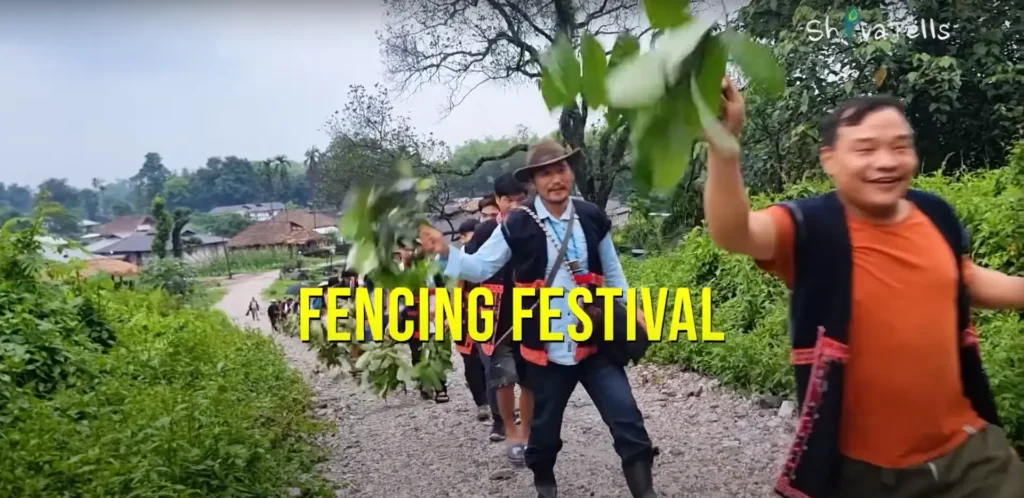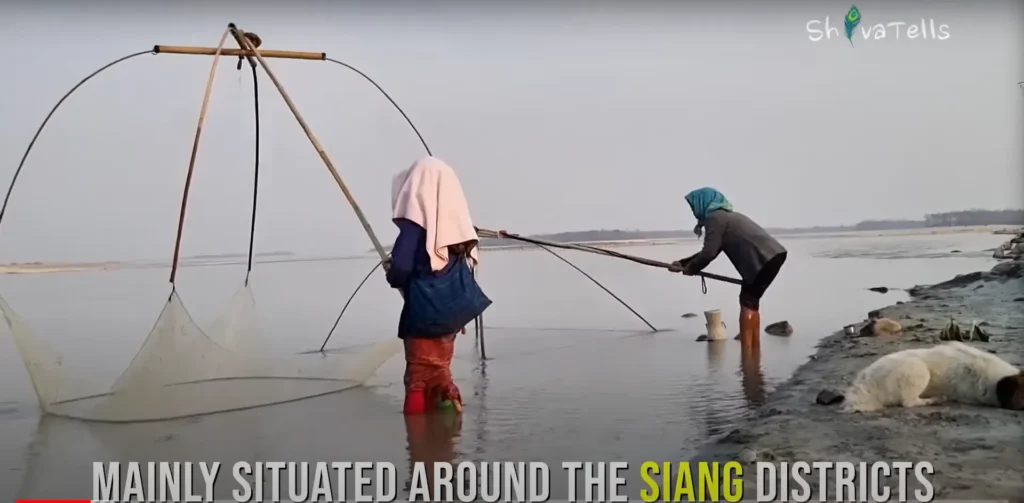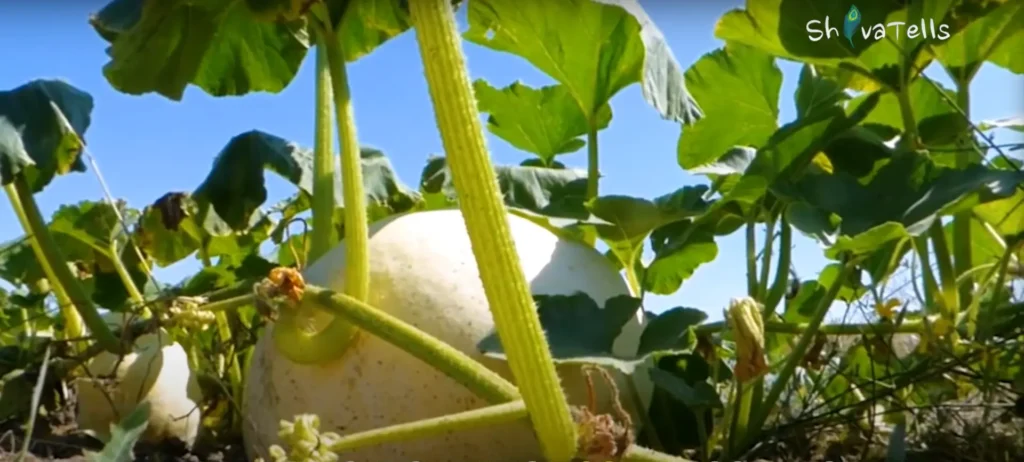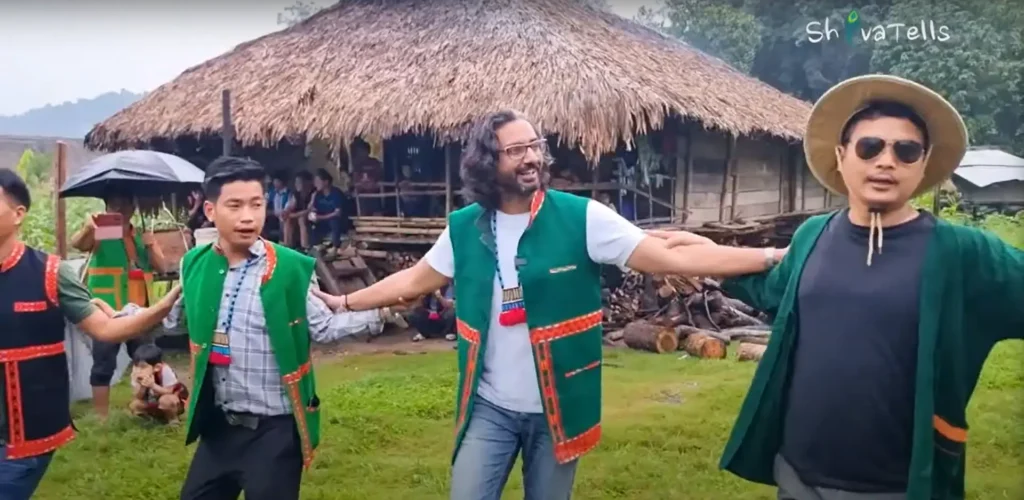Introduction
Imagine, my friend, the misty mountains of Arunachal Pradesh swirling around you like soft clouds. The air vibrates with the unseen symphony of birdsong, and a winding path beckons you deeper into a hidden paradise. This is where I found myself, lost. Maya, a free spirit with eyes that mirrored the summer sky. One wrong turn on my solo trek, and suddenly, the familiar path vanished. Panic gnawed at the edges of my heart, but then, a warm aroma tickled my nose. It was unlike anything I’d ever encountered before – a mix of sweet flowers and something spicy, like a secret whispered on the wind.
Hey, Are You Excited to Know Where I Am?

Table of Contents
District East Siang: Where Nature Meets Culture

Today, we’re exploring the hidden gem of District East Siang, a place where ancient traditions meet breathtaking landscapes. East Siang district is a tapestry woven with stunning natural beauty and rich cultural heritage. Home to the Adi tribe, renowned for their deep connection to nature and vibrant festivals, East Siang promises an off-the-beaten-path adventure unlike any other.
Get ready to be captivated by the roar of the mighty Siang River, lose yourself in the verdant embrace of the Himalayas, and witness the Adi people celebrate their unique traditions with infectious joy. So, hold onto your hats, travel buddies, because we’re about to embark on a journey you won’t forget!
Unveiling the Enigmatic Adi Tribe
Imagine a place where lush green mountains pierce the clouds and crystal-clear rivers snake through valleys. Nestled amidst this breathtaking beauty live the Adi people, a vibrant tribe known for their richcultural heritage and deep connection to nature. Their way of life revolves around respect for their ancestors, harmony with the environment, and a deep love for their animals.
The Call of the Drums: The Solung Etor Festival
The Solung Etor festival, literally translating to “festival of fencing,” is a unique celebration observed by the Adi tribe every year in May. It’s more than just a party; it’s a thanksgiving ceremony dedicated to Meyo, the revered God of Domestic Animals.
Now, you might be wondering, why a “fencing festival” to celebrate animals? Well, the story goes back generations. The elders say that the Adi people used to let their animals roam free in the jungle. This, however, attracted wild beasts, putting the precious livestock at risk. So, the Adi community came together with a solution – building strong fences around their villages to protect their furry (and feathery!) friends.
The Solung Etor festival commemorates this act of community spirit and expresses gratitude to Meyo for blessing them with animals who make their lives easier.
Arriving in Along: A Village Awakens
My adventure began in the charming village of Along, the heart of the Siang district. As I stepped into the village, a wave of excitement washed over me. The air thrummed with anticipation, and the vibrant colors of traditional attire worn by the villagers filled my eyes with wonder. Everywhere I looked, people were bustling about, preparing for the grand celebration.
The Feast Begins: A Celebration of Flavors
![Talung/Etor [Fencing]](https://shivatells.com/wp-content/uploads/2024/05/Screenshot-748-e1719028719463-1024x497.webp)
The day before the main event, the village erupted in a frenzy of activity. Women gathered to prepare a massive feast, a display of the Adi tribe’s culinary skills. Pots bubbled over open fires, and the aroma of spices filled the air. Local delicacies like smoked pork, rice cooked in bamboo shoots, and stews made with fresh vegetables were prepared, promising a taste sensation for everyone.
Building the Fences: A Community Effort
Meanwhile, men worked tirelessly, repairing and strengthening the wooden fences that encircled the village. The rhythmic clanging of hammers echoed through the air, a testament to the community spirit and collaboration that lies at the heart of the Adi way of life.
As the day progressed, the air crackled with anticipation. Children chased each other through the streets, their laughter echoing across the village. Elderly women, adorned with intricate silver jewelry, shared stories of past celebrations, keeping the traditions alive for the younger generations.
The Festival Day Dawns: A Riot of Colors
The day of the Solung Etor festival dawned bright and clear. The village transformed into a kaleidoscope of vibrant colors. Women adorned themselves in silk dresses adorned with intricate beadwork, while men donned their ceremonial headgear, feathers and shells adding a touch of wild elegance.
The rhythmic beat of drums filled the air, drawing everyone towards the central clearing where a large bonfire crackled merrily, casting flickering shadows on the excited faces gathered around it.
Offerings to Meyo: A Tradition Honored

The ceremony began with a solemn offering to Meyo. Fruits, vegetables, and a small portion of the spiced meat were placed on a raised platform. The village elder, his face etched with the wisdom of years, chanted a prayer in the Adi language, his voice resonating through the still morning air.
As the ceremony concluded, the festive mood exploded. Young men, adorned with colorful feathers and bells, performed the Delong dance. Their movements were energetic and graceful, a celebration of strength and agility. Watching them, I couldn’t help but be swept away by the vibrant display of their culture.
Dances and Songs: A Celebration of Life

Women, dressed in shimmering gowns, performed the Ponung dance, a more delicate and introspective piece. Their graceful movements told stories of creation, loss, and the enduring spirit of the Adi people. The entire village, young and old, participated in the celebrations, their voices raised in joyous song as they danced under the warm afternoon sun.
The Mithun Takes Center Stage: A Symbol of Gratitude
The highlight of the festival arrived as dusk settled. A magnificent Mithun, a large bovine revered by the Adi tribe, its coat gleaming in the firelight, was led into the center of the village. The villagers erupted in cheers, showering the animal with affection. This wasn’t just any Mithun; it was a symbol of Meyo’s blessings, a representation of the deep bond between humans and animals.
Elderly men blessed the Mithun, chanting prayers for continued prosperity and good health for the livestock. The air crackled with a sense of reverence and gratitude. It was a powerful reminder of the vital role animals play in the lives of the Adi people. The Mithun, adorned with colorful beads and tassels, stood proudly amidst the cheering crowd, a silent testament to the harmonious relationship between humans and nature that lies at the heart of the Adi way of life.
A Night of Revelry: Sharing Stories and Strengthening Bonds
As night fell, the village transformed into a scene of joyous revelry. The bonfire roared, casting an orange glow on the dancing figures. Young men and women swayed to the rhythmic beats of drums, their laughter echoing through the night. Elders shared stories of past celebrations and legends of the Adi tribe, keeping their rich cultural heritage alive for future generations.
I found myself swept up in the infectious energy of the celebration. Underneath the star-lit sky, I shared stories and laughter with the villagers, their warm hospitality making me feel like a part of their community. The language barrier seemed to melt away as we communicated through gestures and smiles, the joy of the festival bridging the gap between cultures.
A Farewell with a Promise to Return
As the night wore on, and the embers of the bonfire slowly died down, a bittersweet feeling settled over me. It was time to say goodbye to the Adi people and their vibrant Solung Etor festival.
The villagers saw me off with warm embraces and heartfelt wishes for a safe journey. A young girl presented me with a small pouch of aromatic spices, a tangible reminder of the delicious food and the intoxicating scents that filled the festival.
Back in the bustling world, I can’t help but reminisce about the Solung Etor festival. The vibrant colors, the rhythmic beats of the drums, and the warm hospitality of the Adi people continue to linger in my memory. This wasn’t just a travel experience; it was a journey into the heart of a unique culture, a celebration of tradition and gratitude that touched my soul.
So, travel buddies, if you’re looking for an adventure that goes beyond the usual tourist trail, consider adding the Solung Etor festival to your bucket list. Immerse yourself in the rich traditions of the Adi tribe, witness their vibrant celebrations, and experience a connection with nature and community that will leave you forever changed.
Unveiling the Magic: Your Solung Etor Festival Travel Guide
Feeling inspired by Shiva’s adventure? Here’s your ultimate travel guide to experience the magic of the Solung Etor Festival with the Adi tribe!
Season’s Greetings:
The Solung Etor Festival falls in the beautiful month of May, making it the perfect escape from the scorching summer heat. Arunachal Pradesh boasts a pleasant climate throughout the year, but May offers clear skies, lush greenery, and comfortable temperatures for outdoor celebrations.
Top Tourist Attractions in East Siang:
- Pasighat: The gateway to East Siang, Pasighat offers breathtaking views of the Siang River and a glimpse into the Adi way of life through its museums and markets.
- Mechuka Valley: Nicknamed the “Switzerland of Arunachal Pradesh,” Mechuka Valley is a paradise for nature lovers, offering stunning meadows, snow-capped peaks, and a chance to witness the indigenous yak herders.
- Tuting: Nestled amidst the Eastern Himalayas, Tuting is known for its breathtaking scenery, pristine glacial lakes, and a rich biodiversity.
Hidden Gems:
- Khinzirane National Park: A haven for wildlife enthusiasts, this park boasts diverse flora and fauna, including tigers, elephants, and exotic birds.
- Along Monastery: This serene Buddhist monastery offers a tranquil escape, showcasing beautiful architecture and a peaceful atmosphere.
- Traditional Villages: Venture beyond the main towns and explore hidden villages like Kombo and Balek, where you can experience authentic Adi culture and hospitality.
Reaching East Siang:
- By Air: The nearest airport is Dibrugarh Airport in Assam, from where you can take a taxi or bus to Along, the district headquarters.
- By Train: The nearest train station is Tinsukia Junction in Assam, followed by a road journey to Along.
- By Road: Arunachal Pradesh has a well-connected network of roads. You can take a bus or hire a car from major cities like Guwahati or Imphal to reach Along.
Tips for a Rewarding Experience:
- Respect the culture: Dress modestly and be mindful of local customs and traditions.
- Seek permission: Always ask permission before taking photos of people or religious sites.
- Learn a few phrases: Basic greetings in Adi or Hindi can go a long way in establishing rapport with the locals.
- Embrace the adventure: Be prepared for adjustments in travel plans and enjoy the unexpected encounters.
- Travel responsibly: Pack light, minimize waste, and support local businesses during your trip.
Experience the Solung Etor Festival:
The best way to experience the festival is to plan your trip well in advance and book accommodation in Along or nearby villages. Contact local travel agencies or homestays that can help you immerse in the celebrations. Remember, the Solung Etor festival is more than just a tourist spectacle; it’s a sacred tradition for the Adi tribe. Be respectful, participate with an open mind, and you’ll surely carry home an unforgettable experience!
Other stories from Arunachal Pradesh
- Dance that built Bridges – Aji Lamo Folk Dance from Mukto village of Arunachal Pradesh
- Poison festival – Jihang festival of Simong Village
